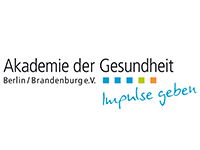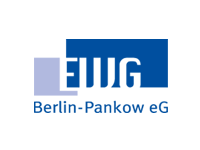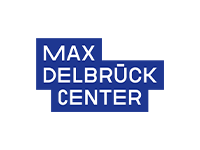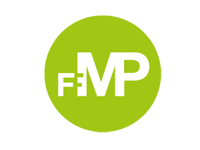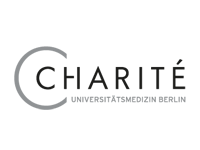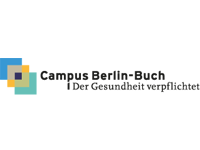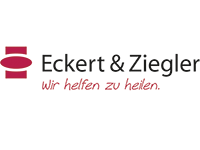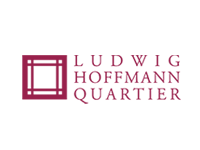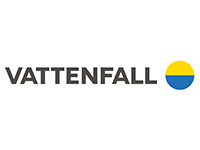Your selection
Research / 16.07.2021
The new old-fashioned way
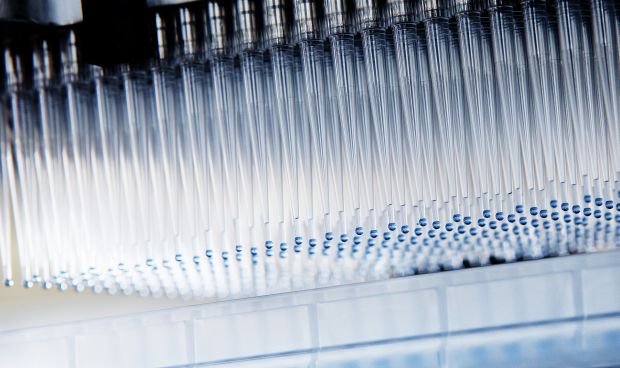
When Rudolf Virchow started studying medicine in Berlin in October 1839, the theory of the four humors of antiquity was still the mainstay of medical belief. Barely two decades later, the textbooks had to be rewritten: Virchow, who had since received his doctorate in medicine, succeeded in showing that the entire human body consists of cells – tiny units that can undergo disease reflecting morphological alterations.. Virchow’s revolutionary “cellular pathology” offered an entirely new understanding of causes of disease. His teachings, valid to this day, laid the foundation for modern, science-based medicine.
And yet, by today’s standards, the prerequisites for such a momentous discovery were modest. Virchow examined tissue samples under a simple microscope with the aid of a mirror and sunlight. To make cell structures visible, he stained tissue with dyes mixed together for him by chemists. Using this method, the “father of cellular pathology” managed to diagnose 20 diseases, including leukemia and thrombosis.
21st century physicians and scientists still use staining techniques to identify morphological patterns of cells, the detailed diagnosis of cancer being a prominent example. Only today, the dyes are fluorescent and the equipment differs somewhat from that of the 19th century. A glance at the Screening Unit at the FMP in Berlin-Buch shows just how far things have progressed: The state-of-the-art technology features a fully automated confocal microscope equipped with two cameras that automatically records 1,000 morphological characteristics for each individual cell. Given that almost 400 experiments can be performed simultaneously on one test plate (the FMP compound library has 200 of them), no fewer than 400 million data sets are generated in one run per single test plate alone. Not even a mastermind like Rudolf Virchow would have been able to analyze such huge volumes of data. The high-resolution microscope is therefore connected to a fleet of supercomputers that use artificial intelligence to detect tiny changes in cells and assign them to specific classes or diseases.
“We work in the tradition of Virchow, but using computer power that was unimaginable back then,” explained Dr. Jens von Kries, Head of the Screening Unit. “Virchow 2.0” is the term he gives to the concept of computer-aided pattern recognition, which is ideal for both drug discovery and disease diagnosis.
The team led by von Kries is currently using the new technology for cell toxicity profiling. The researchers want to find out which of the 70,000 chemical substances in their compound library are toxic. This classification should make drug screening assisted by robotic arms even more efficient
in the future. “Virchow 2.0” is soon to be used for personalized medicine. When cancer patients have developed resistance to drugs, for example, researchers can use tissue samples to search for alternative medications. Requests to this effect have already been received from Virchow’s long-time workplace – Charité. According to Jens von Kries, there are plans for further fields of application, and machine pattern recognition still has further potential.
“Virchow pushed the boundaries,” he remarked, “and we are trying to do the same using current technological means.”
Translation: Teresa Gehrs
Overview News
News Buch Berlin
From cell biology to CRISPR/Cas – new knowledge for schools
The Life Science Learning Lab at the Berlin-Buch research campus offers both school students and teachers the opportunity to immerse themselves in science. This year, the facility celebrates its 25th ...
more ...ERC grants Berlin scientists € 2.5 million each
Neuroscientists Gary Lewin and James Poulet at the Max Delbrück Center for Molecular Medicine have won highly coveted and competitive ERC Advanced Grants to study pain and the neural mechanisms that u...
more ...The Protein Expert
Prof. Dr. Fan Liu from the Leibniz-Forschungsinstitut für Molekulare Pharmakologie (FMP) has recently received several awards for her contributions to the field of cross-linking mass spectrometry.
more ...Events Buch Berlin
06.05.2024, 09:00
Realtime PCR und digital PCR Kurs
Der RealTime PCR und Digital PCR Kurs richtet sich an erfahrene PCR Anwender*innen und an Einsteiger*innen. Wichtige PCR Grundlagen werden erörtert, bevor die RealTime PCR besprochen und Genexpression...
more ...22.06.2024, 16:00
Lange Nacht der Wissenschaften 2024
Save the date!
more ...